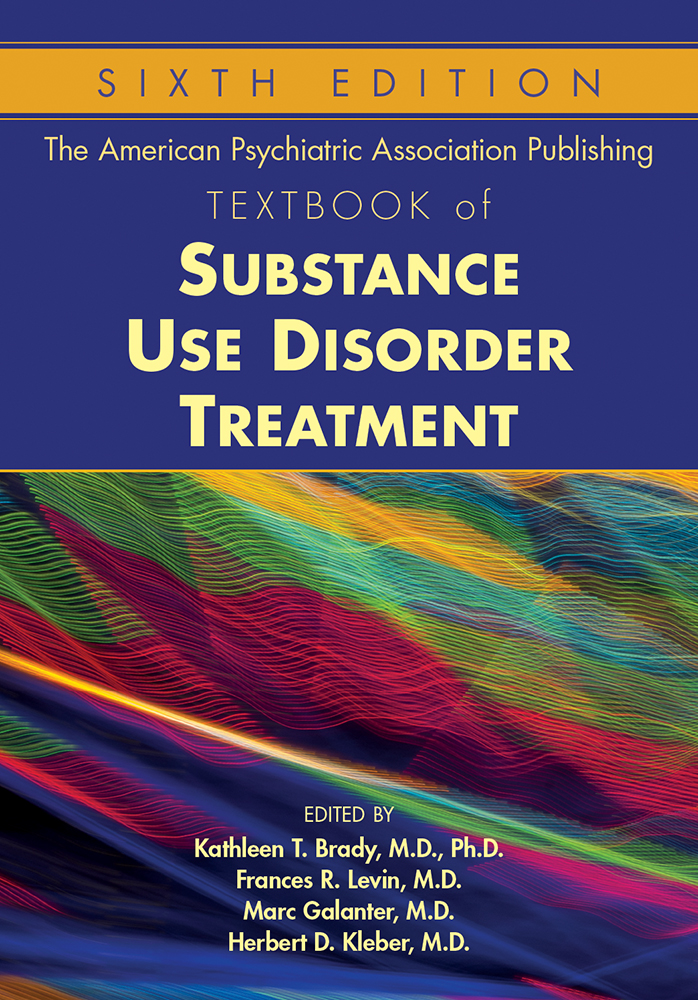Sections
Excerpt
Substance use continues to pose substantial public health problems worldwide, despite significant advances in prevention science over the past 20 years. In the United States, an estimated 19.7 million people age 12 years or older had a substance use disorder in 2017. Of these, 14.5 million people had an alcohol use disorder and 7.5 million people had an illicit drug use disorder, with the most common illicit drug use disorder being for marijuana (4.1 million people) (Substance Abuse and Mental Health Services Administration 2018). Concerted prevention efforts are needed to minimize the devastating effects of substance use disorders on individuals, families, and communities and to reduce the substantial associated burden of disease and social and economic costs. Indeed, a considerable proportion of global disease, disability, and mortality can be attributed to the use of alcohol and other drugs. Globally, in 2016, 99.2 million disability-adjusted life years (DALYs)—or 4.2% of all DALYs—were attributable to alcohol use, and 31.8 million DALYs—or 1.3% of all DALYs—were attributable to illicit drug use (Degenhardt et al. 2018). The burden of disease attributed to alcohol and other drugs is great among young people ages 15–24 years (Mokdad et al. 2016), which corresponds with the typical period of onset of substance-related problems. Although effective prevention provides an opportunity to avert the substantial burden associated with substance use disorders and related harms, further research is needed to strengthen the evidence base and to improve the implementation, scalability, and sustainability of substance use prevention efforts.
Access content
To read the fulltext, please use one of the options below to sign in or purchase access.- Personal login
- Institutional Login
- Sign in via OpenAthens
- Register for access
-
Please login/register if you wish to pair your device and check access availability.
Not a subscriber?
PsychiatryOnline subscription options offer access to the DSM-5 library, books, journals, CME, and patient resources. This all-in-one virtual library provides psychiatrists and mental health professionals with key resources for diagnosis, treatment, research, and professional development.
Need more help? PsychiatryOnline Customer Service may be reached by emailing [email protected] or by calling 800-368-5777 (in the U.S.) or 703-907-7322 (outside the U.S.).



